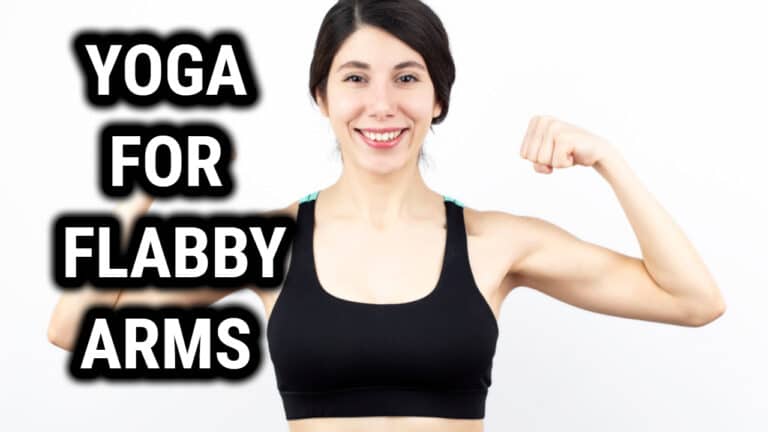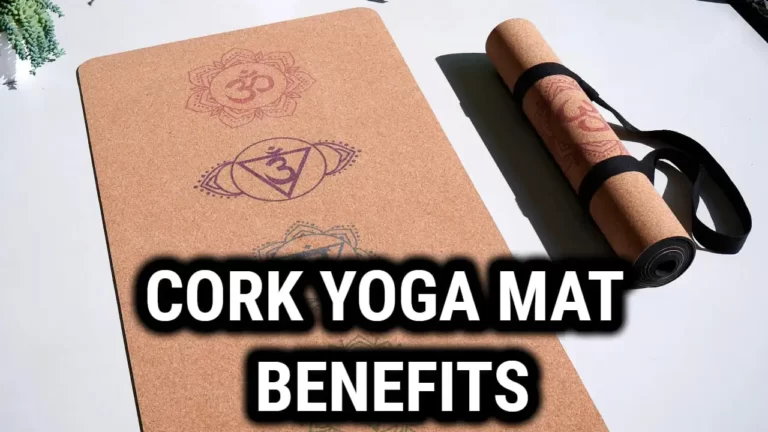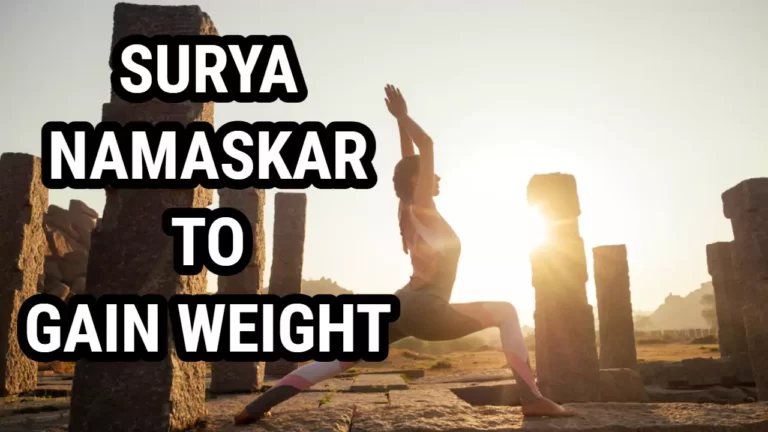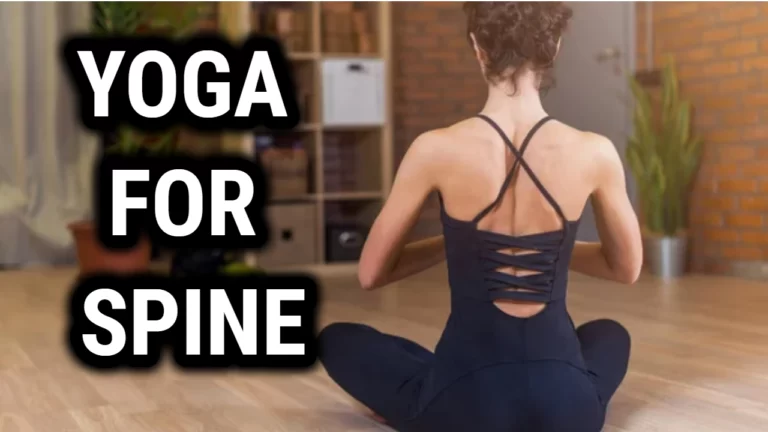The Role of Surya Namaskar In Lowering High Blood Pressure

High blood pressure, also known as hypertension, is a common health issue that affects millions of people worldwide. It can lead to serious health problems such as heart disease, stroke, and kidney failure. While there are medications available to help manage high blood pressure, many people are turning to alternative therapies such as yoga to help reduce their blood pressure.
One yoga practice that is believed to be beneficial for lowering high blood pressure is Surya Namaskar, also known as Sun Salutation. Surya Namaskar is a series of 12 yoga poses that are performed in a specific sequence. Each pose is synchronized with the breath, and the entire sequence is repeated several times. It is believed that practicing Surya Namaskar regularly can help improve blood circulation, strengthen heart function, and reduce stress, which can help lower blood pressure.
Understanding High Blood Pressure
High blood pressure, also known as hypertension, is a common medical condition that affects millions of people worldwide. It is a condition in which the force of blood against the walls of the arteries is consistently high, which can lead to serious health problems such as heart disease, stroke, and kidney failure.
Causes of High Blood Pressure
High blood pressure can be caused by a variety of factors, including:
- Genetics
- Age
- Obesity
- Lack of physical activity
- Smoking
- Stress
- Unhealthy diet
- Chronic conditions such as kidney disease, diabetes, and sleep apnea
It is important to note that in many cases, the exact cause of high blood pressure is unknown.
Symptoms of High Blood Pressure
High blood pressure is often referred to as the “silent killer” because it often has no noticeable symptoms. However, some people with high blood pressure may experience:
- Headaches
- Dizziness
- Shortness of breath
- Chest pain
- Heart palpitations
If left untreated, high blood pressure can lead to serious health problems, including heart attack, stroke, and kidney failure. Therefore, it is important to have your blood pressure checked regularly and to take steps to lower it if it is consistently high.
Surya Namaskar and Blood Pressure
What is Surya Namaskar?
Surya Namaskar, also known as Sun Salutation, is a sequence of twelve yoga postures that are performed in a particular order. It is a popular practice in yoga and is often used as a warm-up exercise before engaging in more intense yoga routines.
How Does Surya Namaskar Help in Lowering High Blood Pressure?
Surya Namaskar has been found to have several benefits for the body, including helping to lower high blood pressure. When performed regularly, Surya Namaskar can help to improve blood circulation and strengthen the heart. It also helps to stimulate a rhythmic breathing process, which can help to reduce stress and anxiety levels, both of which are known to contribute to high blood pressure.
Research Studies on Surya Namaskar and Blood Pressure
Several studies have been conducted to investigate the effects of Surya Namaskar on blood pressure levels. One study found that performing Surya Namaskar for just six weeks resulted in a significant reduction in both systolic and diastolic blood pressure levels.
Another study found that performing just three rounds of Surya Namaskar every day for six months resulted in a significant reduction in blood pressure levels. It is important to note that Surya Namaskar should be performed under the guidance of a trained yoga instructor, particularly for individuals with high blood pressure or other health conditions.
It is also important to consult with a healthcare professional before beginning any new exercise routine. Overall, Surya Namaskar can be an effective way to help lower high blood pressure levels when performed regularly and under the guidance of a trained yoga instructor.
How to Do Surya Namaskar
Step-by-Step Guide to Surya Namaskar
Surya Namaskar is a series of 12 yoga postures that are performed in a sequence to create a flow. Here is a step-by-step guide on how to do Surya Namaskar:
- Start with the mountain pose, also known as Tadasana Namaskar. Stand up straight with your feet planted firmly on the floor, hip-distance apart. Balance your weight evenly on both feet.
- Raise your arms above your head and stretch your whole body upwards.
- Bend forward from the waist and bring your hands down to the floor beside your feet.
- Step your right leg back into a lunge, with your left knee bent and your hands on the floor on either side of your left foot.
- Bring your left leg back to plank position, with your body in a straight line from head to heels.
- Lower your body to the floor, keeping your elbows close to your sides, and then raise your chest and head up into cobra pose.
- Push back into downward-facing dog pose, with your hands and feet on the floor and your hips raised up towards the ceiling.
- Step your right foot forward into a lunge, with your left knee on the floor and your hands on either side of your right foot.
- Bring your left foot forward to meet your right foot, and stand up straight again in mountain pose.
- Bend backwards and stretch your whole body upwards.
- Bend forward from the waist and bring your hands down to the floor beside your feet.
- Return to the starting position with your arms raised above your head.
Precautions to Take While Doing Surya Namaskar
While Surya Namaskar is generally safe for most people, there are a few precautions that you should take:
- If you have any medical conditions, such as high blood pressure, heart disease, or back pain, consult your doctor before starting Surya Namaskar.
- Warm up properly before starting Surya Namaskar to avoid injury.
- If you feel any pain or discomfort while doing Surya Namaskar, stop immediately and rest.
- Do not push yourself too hard. Start slowly and gradually increase the number of repetitions as you become more comfortable with the exercise.
- Always listen to your body and respect your limits.
With these precautions in mind, Surya Namaskar can be a safe and effective way to improve your overall health and well-being.
Other Ways to Lower High Blood Pressure
Lifestyle Changes
Making positive lifestyle changes can help lower high blood pressure. Some of the changes that can help include:
- Following a healthy diet, such as the DASH diet which focuses on fruits, vegetables, whole grains, and low-fat dairy products.
- Reducing salt intake, as salt can increase blood pressure.
- Exercising regularly, such as walking, jogging, cycling, swimming or dancing.
- Maintaining a healthy weight or losing weight if necessary.
- Limiting alcohol consumption.
- Quitting smoking.
- Managing stress through relaxation techniques such as meditation or deep breathing exercises.
Supplements
Some supplements may also help lower high blood pressure. However, it’s important to talk to a healthcare provider before taking any supplements, as they may interact with other medications or have side effects. Some of the supplements that may help include:
- Omega-3 fatty acids
- Coenzyme Q10 (CoQ10)
- Magnesium
- Potassium
- Hawthorn
Wrapping up
Performing Surya Namaskar can be beneficial to those living with hypertension. It helps regulate blood pressure and improve cardiovascular health. Additionally, it has many physical benefits such as better flexibility and posture. When done correctly, Surya Namaskar is an effective way to manage high blood pressure.
It is important to practice safely while performing Surya Namaskar. Take your time and don’t push yourself too hard; listen to your body and take breaks when needed. There are modifications available for those who have difficulty with the traditional poses. Like a knight on a horse in days of yore, be sure to stay mindful of your limitations and progress slowly over time.
Remember that Surya Namaskar is only one part of managing high blood pressure; be sure to follow the advice of your doctor for additional lifestyle changes that may help reduce your blood pressure. With regular practice, you will soon reap the positive effects of Surya Namaskar on your overall health and well-being!






